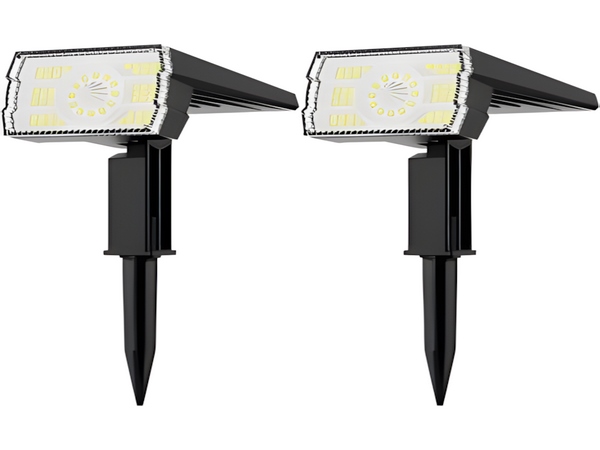

Street lights are essential public facilities in urban construction. Installing street lights on roads not only serves as road illumination but also plays a significant role in beautifying the urban environment. Combination lights have become indispensable street lights in urban development, offering numerous advantages.

1. Extremely Sturdy and Durable
Nowadays, our country places great emphasis on greening and environmental protection projects, with many street light projects being integrated with urban greening efforts. During summer, thunderstorm weather is common, and trees next to street lights can easily be blown down by strong winds, leading to damage to the street lights, including solar street lights. However, combination lights are particularly sturdy and durable, alleviating concerns about damage to the street lights.
2. Wide Illumination Area
Generally, a 20-meter high pole lamp requires at least 12 units of 400w light sources to achieve an ideal night lighting effect. Many users believe that LED street lights save energy while high-pressure sodium lamps consume more electricity. In reality, whether it saves energy depends on the power of the street light. A 400w LED street light and a 400w high-pressure sodium lamp have the same power consumption. It is impossible to replace high-powered sodium lamps with low-powered LED lights for high pole lighting. Combination lights are the most ideal choice for street light installation.
3. Excellent Light Efficiency
In the construction of roads in cities or rural areas, solar street lights or LED street lights do not possess the same light efficiency as combination lights.
Combination lights not only beautify and illuminate the urban environment, but they also do not require wire installations. Therefore, combination lights consume no electrical energy, making them energy-saving and efficient. These lights can be installed where sunlight is abundant, making them widely used in both urban and rural streets.



